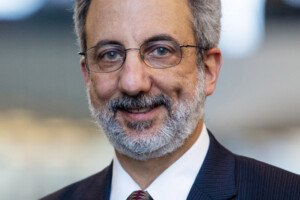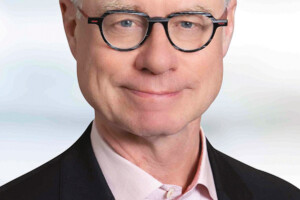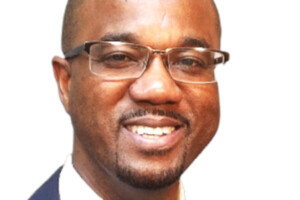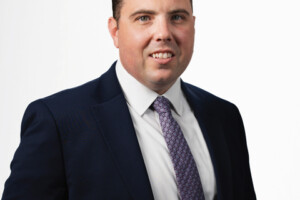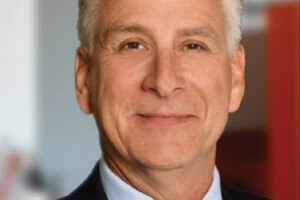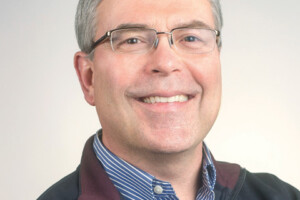By Jerome F. Hajjar, Ph.D., P.E., NAE, F.SEI, F.ASCE
The construction and operation of the built environment accounts for a large portion of global greenhouse gas emissions. Governments, owners, occupants, architects, and engineers increasingly recognize the centrality of the structural engineering profession in our collective efforts to mitigate climate change. The United Nations (UN), through the Conference of Parties (COP) yearly intergovernmental summit aimed at creating global cooperation on issues of mitigating climate change, met in December 2023 in Dubai for COP28, at which they continued development of a Breakthrough Agenda.
… Read More →

